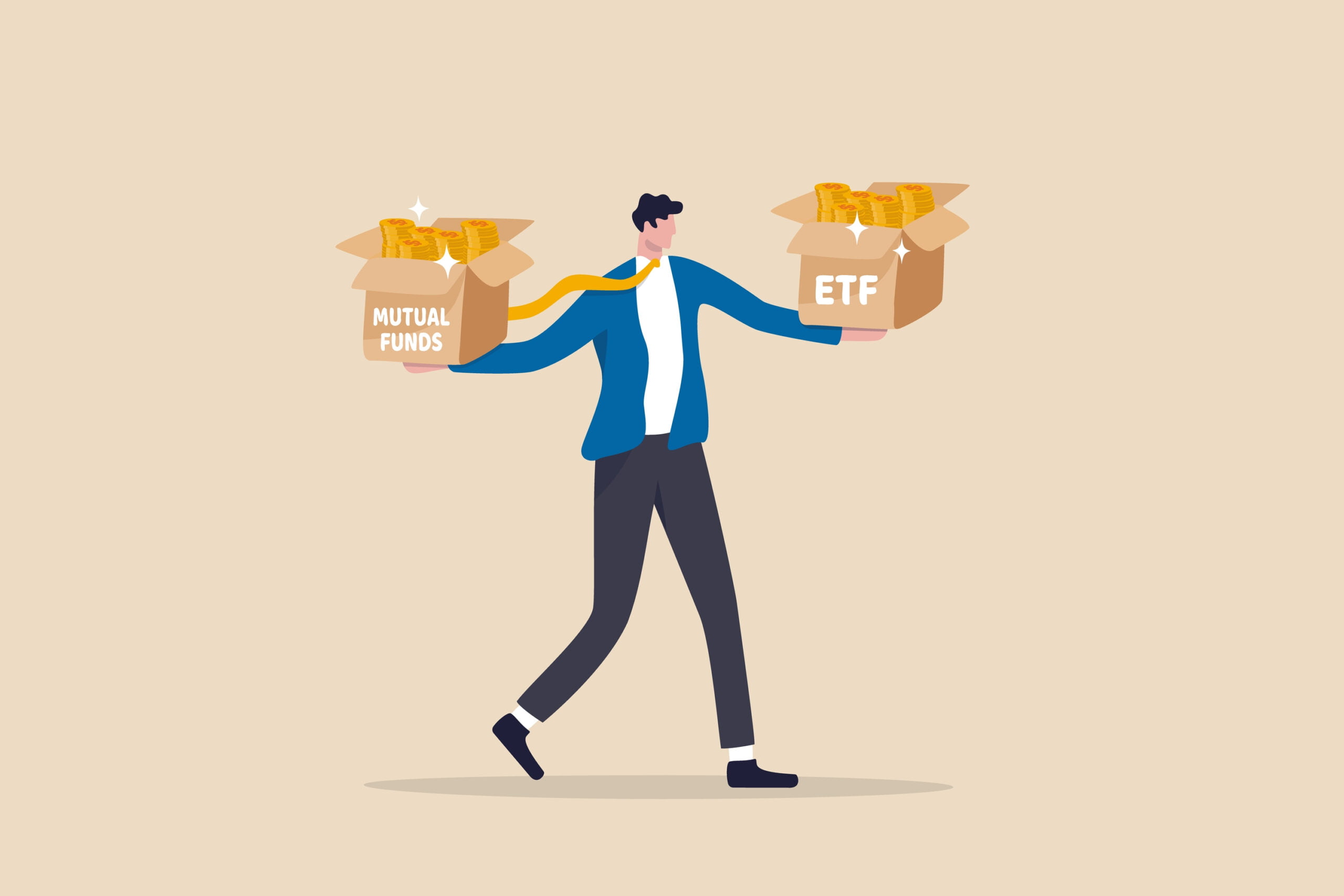ETFs vs Mutual Funds Summary
The differences between these two investment vehicles are often overestimated. Ultimately, they are vehicles through which financial companies can deliver portfolios to interested investors. Understanding the differences between the thousands of offerings in the marketplace is crucial. It helps you choose those that complement your portfolio.
What is a Mutual Fund?
A mutual fund is pooled investor money, managed by a professional in accordance with the mandate outlined by the fund’s investment objective. Mutual fund prices are updated once daily, after the stock market has closed. Any mutual fund units purchased that day will be priced at that ending price for the fund that same day. Mutual funds come in different classes which are available through different distribution channels including: retail banks, wealth management firms, and online discount brokerages.
What is an ETF?
Exchange Traded Funds (ETFs) are securities that trade throughout the day on an exchange, just like individual stocks. The value of each unit is based on the basket of securities which the ETF tracks. These securities are often listed in an index, however, as financial products continue to evolve actively managed ETFs have become available and increasingly popular.
The Costs
A common misconception is that the cost to invest in mutual funds or ETFs is different simply because one is a mutual fund and one is an ETF. The cost of an investment is typically expressed as a Management Expense Ratio (MER). While it is true that you’re unlikely to find a pairing of a mutual fund and ETF with the exact same MER, that is not necessarily because they are different types of securities.
Historically, ETFs were viewed as cheaper and cost effective because they were predominantly passive investments. Meaning you weren’t paying a professional portfolio management team to actively select investments which go into the basket being tracked by the ETF. The basket was predetermined by a listing (index) of securities. This made ETFs cheaper than their actively managed mutual fund peers. However, as mentioned above, as financial products evolve, passively managed mutual funds and actively managed ETFs have become available.
The Functionality
There are different factors an investor should look at when evaluating ETFs vs Mutual Funds:
- Do you prefer investing in a predetermined index or active management by a portfolio manager? That’s the first consideration.
- What is the cost to invest in the portfolio?
- Passive investments are typically cheaper than active ones in the same asset class or geographic region. Note that a cost that is often not considered is if a fund holds cash within its asset mix, either to satisfy investor withdrawals or for opportunistic deployment. Holding cash means less money invested, resulting in paying a management fee for uninvested funds.
- What is the portfolio’s track record?
- Passive vehicles, while aiming to track an index, may have tracking errors, the gap between investor experience and index results. Tracking errors arise from fees, portfolio’s response to index changes, or fund provider’s efforts to reduce error. Compare active and passive portfolios to assess if the manager delivered excess returns or risk reduction for their fee.
- Passive ETFs can temporarily trade below their net asset value due to imbalances between buyers and sellers. This price disparity usually corrects itself as market volatility settles. ETFs generally reflect their underlying holdings’ fair value once imbalances in supply and demand ease.
In conclusion, it is important that an investor understand their goals and their risk tolerance before finding an investment portfolio that fits those parameters as opposed to going backwards and selecting a type of investment prior to having well defined parameters.
If you want to dive deeper on some ETFs specifically, you can learn about VFV and VSP in our post: VFV & VSP: What’s the Difference?

